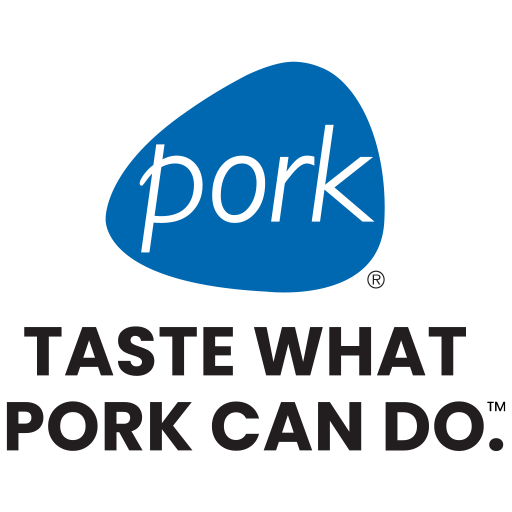Join the Pork & Partners Community
Join Now1 US Department of Agriculture FoodData Central
2 US Department of Agriculture Thrifty Food Plan, 2021.
3 Drewnowski A. Pork in sustainable healthy diets: A Thrifty Food Plan perspective. Talk presented at: National Pork Board webinar; September 22, 2022; Virtual.

